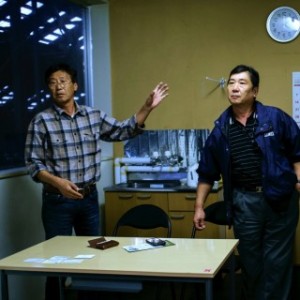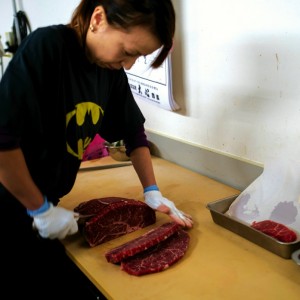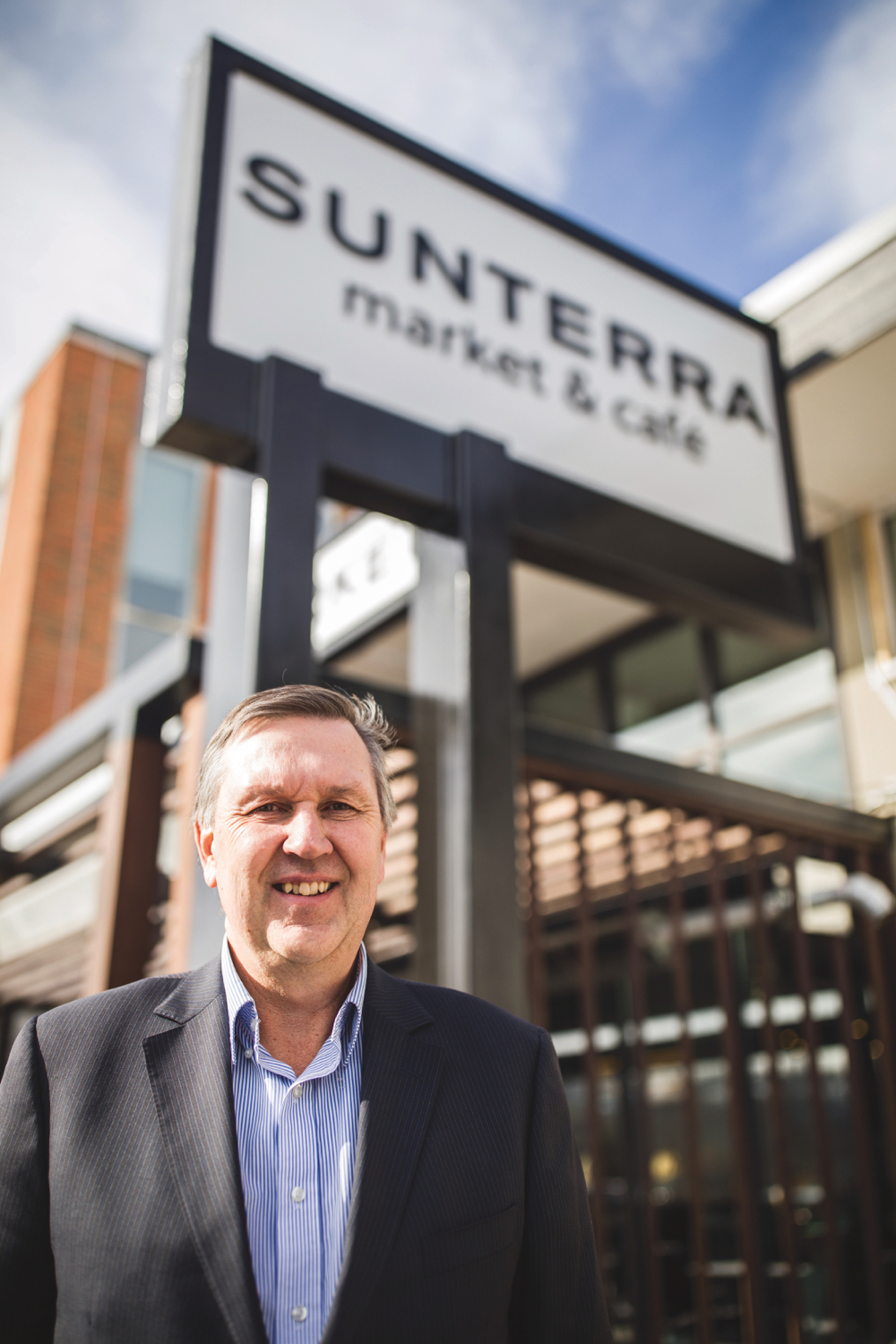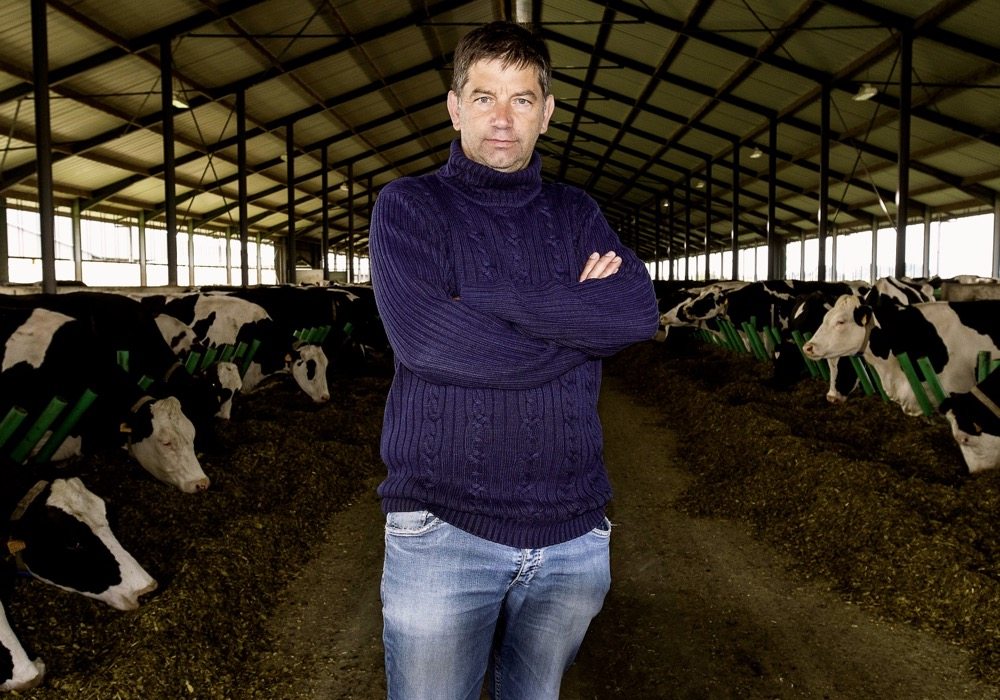In a country where agricultural self-sufficiency is low, and where the farming population is old, with few young people seeing a future for themselves on the farm, Yoshiaki Shimazaki decided that agriculture could actually be a great and rewarding opportunity.
From a family operation of 80 dairy cows, 70 calves and 300 beef cows in 2007, he has now grown the business into a 550-head operation comprising cow-calf, milking, slaughtering, hamburger patty producing and restaurant operations, as well as growing corn for feed, plus renting an 18-head dairy farm a day’s drive to the south.
Read Also

Youth focused on keeping Quebec’s dairy industry strong
In part two of our Making the Future series, Country Guide spoke with Béatrice Neveu from Rawdon, Que. (Read part…
And he isn’t done yet. So while most Japanese farmers see the Trans-Pacific Partnership (TPP) multinational trade agreement as a threat to their livelihood, Shimazaki sees it as an opportunity for export. “I am trying to revitalize farming here,” says the 61-year-old president of J-Farm Shimazaki.
Shimazaki’s father started the farm with a single Holstein cow in 1954 and grew it steadily, if not exponentially. But it wasn’t until the son took over and bought another dairy farm in 2007 that it was incorporated.
Shimazaki has since bought three more farms, all from farmers who were quitting farming for economic reasons. “The farms had no other takers, Shimazaki says.
J-Farm Shimazaki now owns 300 acres and rents another 450. On an experimental basis since last May, the company also rents a 10-acre, 18-head dairy farm with two employees in the town of Nasukarasuyama in Tochigi Prefecture on Japan’s central big island of Honshu.
The farm lies 860 kilometres south of the main operation at Betsukai where J-Farm Shimazaki is based, but it’s also in the region of Kanto that includes Tokyo.
Nor is that the only recent change. The company’s strategy has been to grow into what is called in Japan a “senary” industry (i.e. sixth industry) where primary producers become involved in food processing and sales. Senary has become the key word for the “Abenomic” revival of agriculture, named after Japanese Prime Minister Shinzo Abe.
 For J-Farm Shimazaki, that means raising dairy cows, milking them, selling the milk as well as calves and old milking cows, the latter to be turned mostly into hamburger and sausages. For feed use, the company also grows enough corn to make the operation 70 per cent self-sufficient.
For J-Farm Shimazaki, that means raising dairy cows, milking them, selling the milk as well as calves and old milking cows, the latter to be turned mostly into hamburger and sausages. For feed use, the company also grows enough corn to make the operation 70 per cent self-sufficient.
And it doesn’t stop there. J-Farm Shimazaki has also rented a former grocery store in the nearby town of Teshikaga, converting half the building into a small beef-processing plant called Midori (Green) at one end, and a hamburger steak and yakiniku (Korean-style barbecue) 43-seat restaurant called Kuro (Black) at the other.
“I chose this building because it has many refrigerating units,” Shimazaki says. Midori processes some of the company’s cows, usually crossbreeds aged 25 to 30 months, producing yakiniku beef for the restaurant and hamburger patties sold at high-end department stores as far away as Tokyo.
The company sells the five-ounce patties at 800 yen ($8.44) for premium and 400 yen ($4.22) for regular. The plant also makes six-ounce patties solely for its own restaurant.
At its dairy operation in Betsukai, J-Farm Shimazaki employs two local farmhands, plus five trainees from China, and the processing plant and the restaurant each have a staff of two. But as much as possible, the company keeps things in the family. Shimazaki’s eldest son, 32-year-old Yosuke, who also runs a farming contracting firm, now works as managing director and will succeed his father as president while the other son, 28-year-old Kohei, manages the restaurant. Shimazaki’s youngest brother, 45-year-old Yasuaki, works for the company as farm manager.
[Shimazaki’s other brother, Akio, 59, married a daughter from another dairy farm family, and since her family had no sons, he changed his last name to their’s (Endoh) and now is considered a full member of the family, not an uncommon practice in Japan.]
According to Japanese government figures, Japan’s food self-sufficiency rate hovers at only 39 per cent on a calorie basis. The average age of farmers, meanwhile, is slightly over 65.
In a way, that high age isn’t surprising. Succession has fallen off in Japan, with the children headed for better-paying careers in industry. Many farmers don’t actually begin their farming careers until they retire from non-agricultural work.
In such insecure circumstances, most Japanese farmers find themselves on the defensive against cheaper food imports, which they consider a threat to their livelihood. It’s an attitude that plainly shows in the TPP negotiations.
A pact that started in 2005 with Brunei, Chile, New Zealand and Singapore, the TPP called for its signatories to begin reducing all tariffs on imports from other member countries by January 1, 2006, and to phase them out completely by 2015.
In the past few years, Australia, Canada, Japan, Malaysia, Mexico, Peru, the U.S. and Vietnam have been clamouring to join. But Japanese negotiators are constrained by a resolution adopted by the Diet (Japanese parliament). The resolution says sensitive agricultural products — rice, wheat and barley, sugar, dairy products, beef and pork — need to be either excluded outright or subject to renegotiation.
Understanding Betsukai
In Betsukai, home of J-Farm Shimazaki, anti-TPP signs line the roadside, and anti-TPP tracts can be picked up at local town halls, or along the streets on shelves next to posters that denounce the deal.
Betsukai itself is the largest municipality in Japan, with 1,320 square kilometres on the northern island Hokkaido (population 5.5 million). But the municipality’s population is small, numbering only 15,640.
Agriculture is locally important, however, with 778 dairy-farming and 31 beef-farming households, which own 102,880 and 8,216 head respectively.
Despite the concerns of some of his neighbours, and despite Japan’s low self-sufficiency in food, Shimazaki sees the TPP as an opportunity to open up new exports markets. He is particularly looking toward Asian economies such as Indonesia, Taiwan, Vietnam and especially China. “China is an attractive market,” Shimazaki says. “We are thinking about exporting our beef patties there. But the country’s current import rules make business difficult.”
On the dairy side, Shimazaki trusts his business will be successful in the long run, since the world suffers a milk shortage amid increasing demand, and Hokkaido milk is recognized as safe and clean. “I am confident we can compete against milk from Australia, New Zealand and other countries,” Shimazaki says.
Meanwhile, J-Farm Shimazaki will continue to evolve. A major focus now is to improve pasture and feed production while reducing inputs, but this too relates to the business plan. “We need to do 100 per cent organic farming,” Shimazaki says. “Then we will be globally competitive.”
Financing is another major concern, since J-Farm Shimazaki does not get credit from banks, borrowing instead from the banking service of the Japan Agricultural (JA) Group, a national farmers’ organization. The credit has financed land and the construction of facilities, and the company is currently carrying a debt of 140 million yen ($1.5 million).
Shimazaki says it’s a debt load he can manage. “But if JA stops lending us money, it’s the end.”
In a Japanese context, Shimazaki isn’t unique, but it’s clear that he is exceptional.
Only a small percentage of other farmers seem prepared to embrace a senary business model. Shimazaki can understand why. Many are older, and it simply hasn’t been in their background to learn advanced marketing, or to explore value adding and to develop contacts throughout the country.
“I have been doing this since age 19, when I started managing the family farm, so I know how to do it,” Shimazaki says.
J-Farm Shimazaki’s revenue last year amounted to 200 million yen ($2,110,000), 70 per cent from milk sales, 20 per cent from beef/calf sales, and five per cent from government subsidies for manure treatment facilities and equipment that processes raw milk into drinking milk.
The restaurant brought in a separate revenue of 40 million yen ($421,000).
The company is making a strong go of it, and is committed to building a diverse agricultural business, but in such a capital-intensive industry, it will take patience and determination.
His daughter, 31-year-old Ayumi, works as a pharmacist, Shimazaki points out. “She makes more money than I do.”
















